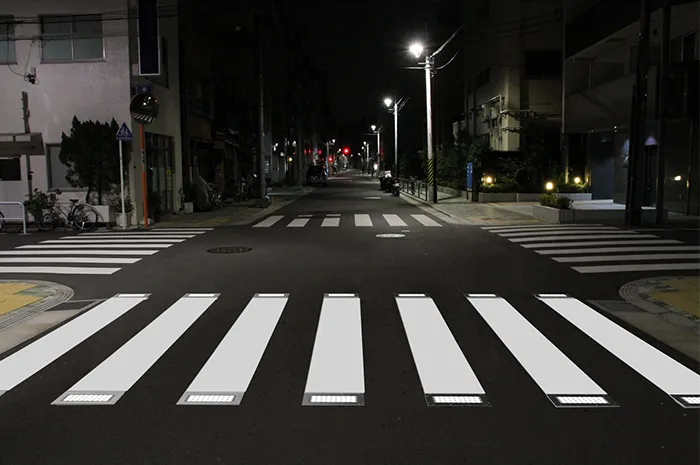The RetroTek-MU (RTM) has been certified to ASTM E 1710 standard as a dynamic mobile retroreflectometer, according to testing, monitoring and certification association for road-owners, StrAus-Zert (SAZ). It is capable of measuring road markings / striping across the full width of a traffic lane simultaneously in one pass at traffic speeds up to 75mph and can be operated by one driver.
The assessment, carried out by SAZ's Dr Hans-Hubert Meseberg, also confirmed that the RTM is capable of measuring the night visibility of road / lines striping on the right and left including the lane markings in its centre.
Dr Meseberg added that its measuring system provides the same measured values of the coefficient of retroflected luminance RL as a portable, handheld measuring device, within the scope of an acceptable measuring accuracy. In addition, the coefficient of retroreflected luminance RL can be detected with a good measuring accuracy by the measuring system RTM, independent of the measuring velocity.
In his overall assessment, Dr Meseberg stated that the deviations of the measurement results are low, considering that the measuring conditions cause inaccuracies that are not a result of the device itself. These conditions include measuring areas, uneven marking surface, non-homogenous structure of the marking surface and non-homogenous bead distribution.










